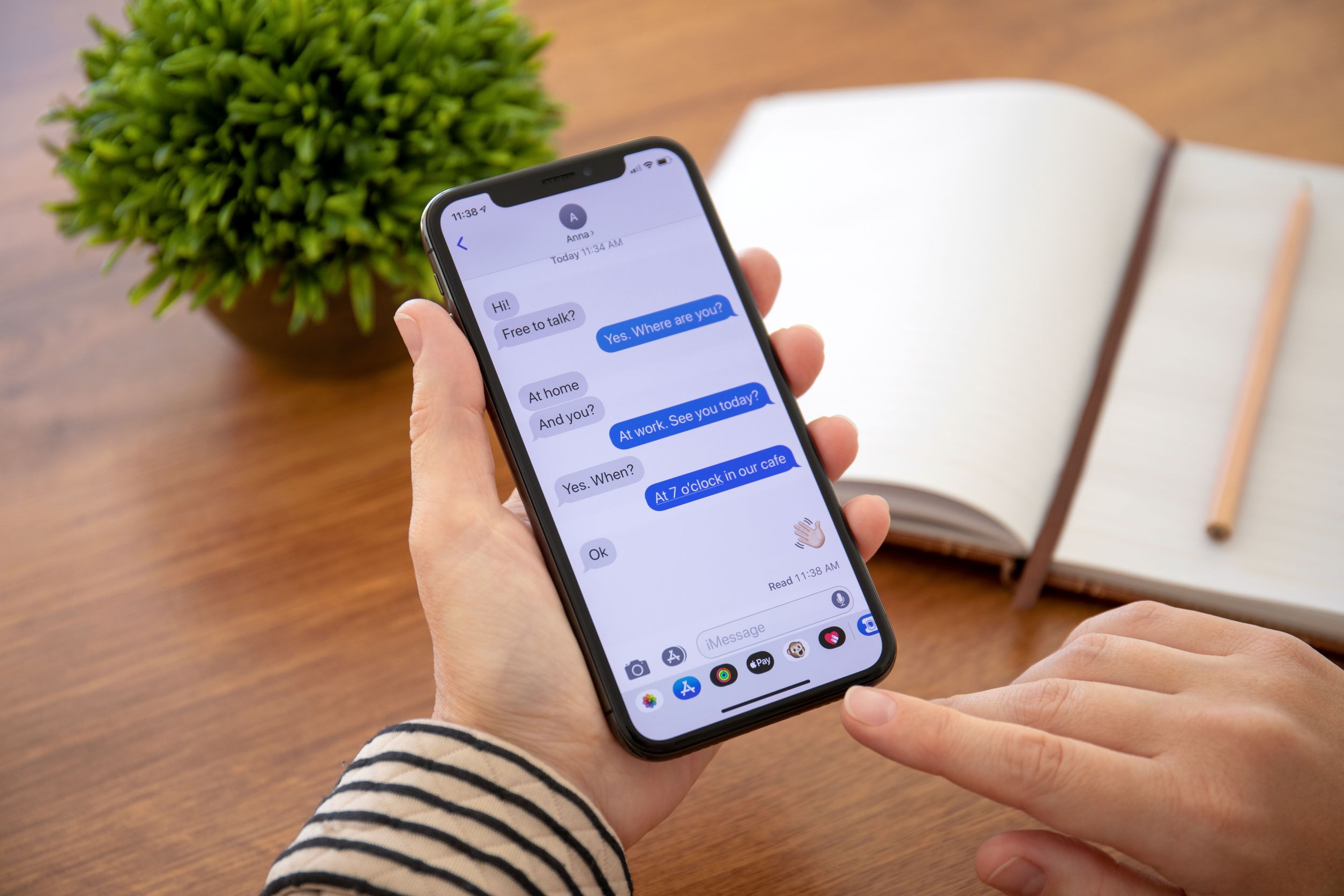Arch Mortgage CEO uses instant messenger to chat with employees twice weekly
“Message with Michael” began in May in an effort to engage a workforce who’ve largely been working from home since March.

If you’re searching for ways to connect your leader to employees during the ongoing pandemic, consider a live chat session.
All that’s required is your CEO blocking out time on the calendar and an instant messenger system.This is what Michael Schmeiser, president and CEO of Arch Mortgage Insurance Company, did when he started the messaging program, “Message with Michael” in May of this year. He holds two hour-long chat sessions each week from 4-5 p.m. Eastern Time on Tuesdays and Thursdays.
“My main thinking was the best way to get employees to share how they’re really feeling is to allow them to share in whatever way they feel most comfortable,” he says. “We have several more formal channels of feedback (e.g. surveys), but IM is great because the tool is so informal that’s it is easy to have unforced dialogue.”
That informal conversation has been well received, explains Lanita Goins, manager of employee communications services.
“’Message with Michael’ was a way for him to maintain his open-door office policy even when we’re all working from home,” she says. “He’s always been big on employee engagement and welcomes questions and conversation from employees in his business segment.”
By the end of the first month, Schmeiser reported about 40 interactions with employees covering a range of topics, from queries about the business and how the company approaches career development in an all-virtual environment to informal banter with wedding pictures, baby photos and other family highlights, she says.
Getting started
Schmeiser introduced the new chat feature in an all-employee message, where he also shared the participation rate for the annual employee engagement survey, Goins explains. Here are a few relevant parts from that message showing how he queued it up with employees:
Since I stepped into the U.S. MI CEO role last March, employee engagement has been a key focus for me. Engagement is important in normal times, but it’s even more critical in our current COVID-19 world. Lately, I’ve found myself pondering a few basic questions:
- What is the best way to truly understand how employees are feeling?
- Does the feedback I receive match the “real” feedback employees share with each other?
- What do employees wish Arch MI could realistically do to make them happier?
… Employee surveys are fantastic for broad feedback, but the anonymity means they aren’t great for recognizing the human element behind the comments. As such, I want to explore other ways for us to connect.
Starting next week, I’m going to block the same two hours on my calendar every week — Tuesdays and Thursdays from 4–5 p.m. ET — to dedicate my time to instant messaging with employees on Skype for Business. I’m calling this “Message with Michael.”
To be clear, this is not a group chat that is visible to others. This is 1:1 communication directly between you and me via IM. Nobody will be able to view or respond to your comments or questions except me.
You can fill me in on the craziness at your house, ask questions about the business, suggest ways for Arch to improve … everything is fair game. Of course, there will be questions I won’t be able to answer, but hopefully this gives you another channel to provide feedback that is a little more personal than a broad survey. I don’t yet have a sense of the volume I’ll receive, but my intent is to respond to every chat request.
Schmeiser blocks off his calendar for an hour on Tuesdays and Thursdays to dedicate that time to chat with employees using the company’s internal messaging system, Skype for Business.
Anyone is welcome to initiate a message with him—questions aren’t submitted in advance. The chats happen live and, given the way the system is set up, employees aren’t able to ask questions anonymously, Goins says.
The chats are part of an increase in executive messages and videos since the beginning of the work-from-home mandate in mid-March, Goins says. The majority employees have been working from home.
“We want employees to know they are supported and that we see and recognize their hard work in the midst of a trying time,” she says. “Without the benefit of formal in-person collaboration or even breakroom small talk, we’ve become very intentional and creative with ways to keep employees engaged. This extends to leadership communications as well.”
Looking for more insights on navigating through a crisis? Join Ragan’s Crisis Leadership Board for exclusive networking and thought leadership on the top problems of the day.







